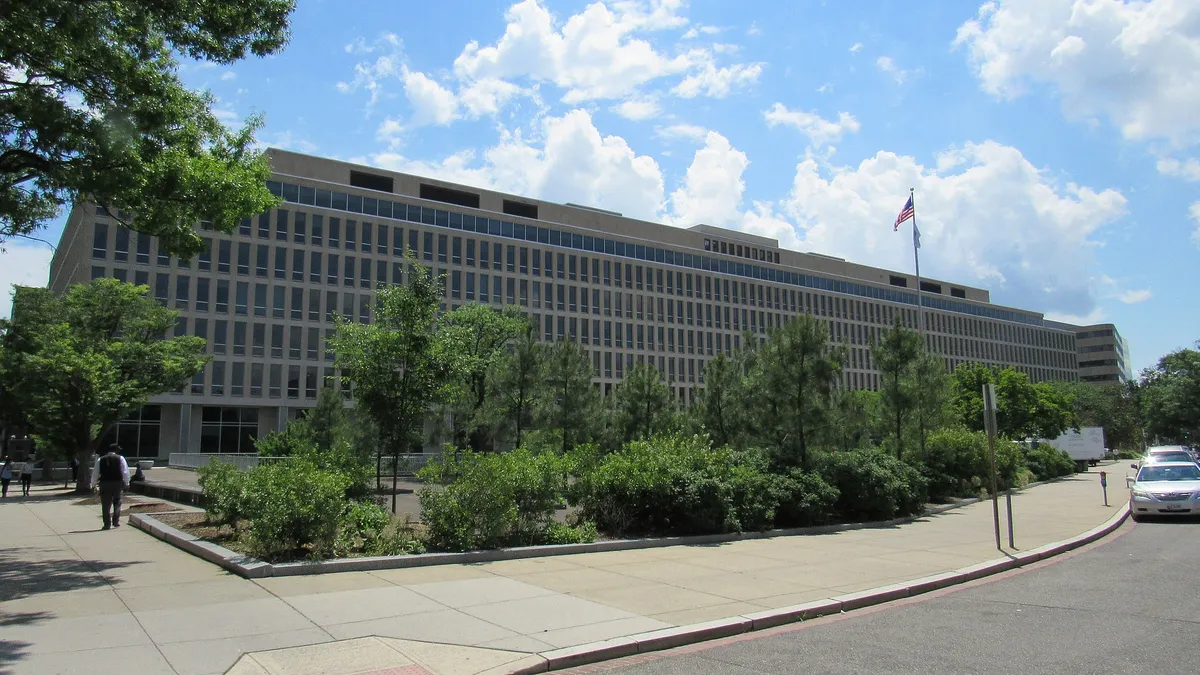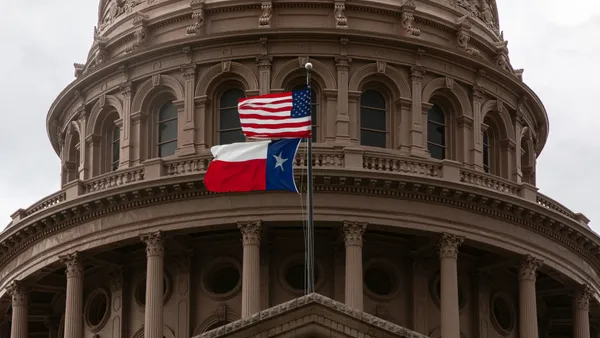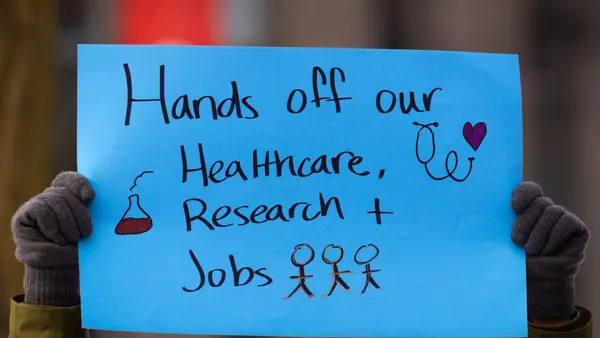Dive Brief:
- The U.S. Department of Education is routing the final $198 million it has left to award in coronavirus emergency relief funding to 244 colleges, it said Wednesday.
- Nearly 90% of the new round of grants is slated for historically Black colleges and universities, minority-serving institutions, community colleges, rural institutions and colleges serving a large number of low-income students.
- Most institutions receiving the relief funding must send half of it directly to high-need students. Colleges have been able to use remaining funds from the grants — called institutional funds — for priorities ranging from student retention programs to efforts to curb the spread of the coronavirus.
Dive Insight:
Congress approved three batches of emergency pandemic relief funding for higher ed since early 2020: the Coronavirus Aid, Relief, and Economic Security Act of 2020, the Coronavirus Response and Relief Supplemental Appropriations Act of 2021, and the American Rescue Plan Act of 2021. The Ed Department distributed the money for colleges through grants under the Higher Education Emergency Relief Fund, or HEERF.
The three bills allocated a total of more than $76 billion for HEERF. More than half of that money, about $40 billion, came from the American Rescue Plan, the first major package signed into law after President Joe Biden took office.
Most colleges must send about half of HEERF grants to students in need so they can pay for necessities like tuition, housing or food.
The American Rescue Plan allowed colleges to use HEERF's institutional funding to pay for debt forgiveness, essentially using the federal money to pay for debts students owed to institutions that bursars' offices were unlikely to ever collect in full.
The program hasn't been without controversy. Shortly after HEERF was created, several wealthy universities turned down HEERF dollars after former President Donald Trump criticized the program for allocating money to Harvard University, which has the country's largest endowment.
The relief funding is running dry, which will likely heap financial pressure on stressed colleges. Pandemic-related aid from the government averaged $13.2 million per college, S&P Global Ratings estimated in June. It accounted for more than 4% of adjusted operating revenue at nearly a third of colleges in the 2021 fiscal year.
When announcing the final $198 million in grants Wednesday, the Ed Department said money went to public and private nonprofit colleges with unmet needs, like community colleges, rural institutions, and colleges that have lost enrollment during the pandemic.
"This funding from the American Rescue Plan will help HBCUs, MSIs, community colleges, and other inclusive institutions better support their students, from investing in campus mental health, to providing financial relief, to meeting housing, transportation, and child care needs," U.S. Secretary of Education Miguel Cardona said in a statement. "When we invest in stronger supports for our students, we help remove barriers to their success so that they can stay on track with their studies, complete their degrees, and ultimately, build rewarding careers."
Government officials highlighted several colleges that have used HEERF money to reduce tuition, waive tuition, zero out student debt balances, pay for food pantries, finance student textbooks and fight the spread of the coronavirus.
The Ed Department posted data breaking down HEERF funding by state. Higher Ed Dive has posted that data in a searchable list here.
The department has also released a list of institutions newly receiving grants, which is available in a searchable list here.
Editor’s note: This piece has been updated to link to newly released data showing which institutions received the $198 million in funding.















